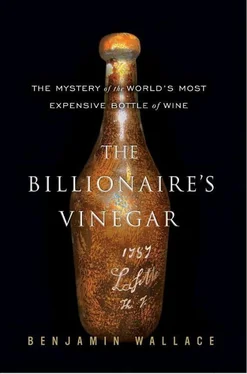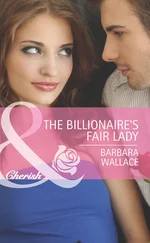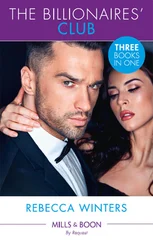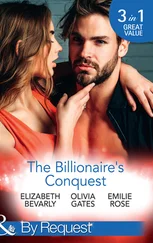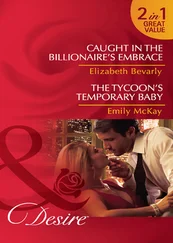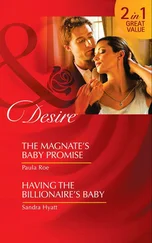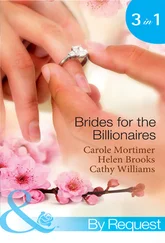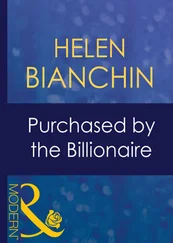The bids quickly added $5,000 to the asking price. One of the leading contenders, an absentee buyer who had left a commission bid authorizing Broadbent to raise the paddle on his behalf, was Marvin Shanken. Though thankful not to have spent $156,000 on the 1787 Lafite, the publisher of Wine Spectator was still annoyed that he had gone home empty-handed. When Broadbent called to say that another Jefferson bottle was coming up for auction, Shanken prudently decided to stay away from the saleroom but told Broadbent to bid up to $30,000 in his name.
When the price hit $26,600, a phone buyer, whom Broadbent identified to the room only as an Arab “bidding for a friend,” countered with $28,300 before dropping out in response to Shanken’s automatic bid of $30,000. Shanken had his bottle, and yet another record had been set. This one was for the most expensive half -bottle of wine ever bought.
A writer for Shanken’s magazine, in an article about the auction, seemed suspicious of the mystery bidder who had dropped out only when Shanken’s limit had been reached. So was Shanken. “You know what?” he said later. “In the auction business, you never know. Who knows even if there was another bidder?”
Before Shanken would take delivery of the bottle, he insisted that Broadbent have it recorked at Margaux, both to avert a repeat of the Forbes spotlight debacle and to validate the wine’s authenticity. Estate director Paul Pontallier, fearful of the bottle’s fragility and uncertain of its origin, wouldn’t touch it. The bottle stayed in Bordeaux until Broadbent was able to return in August. Then, with the cellarmaster and Pontallier looking on, Broadbent performed the operation himself.
Broadbent first removed the capsule by chipping gently at the wax (the bottle’s glass neck was thicker than that of the bottle broken at Mouton). When he removed the cork, which was black and wizened, its length surprised him. He poured a little of the wine into a glass, and he and the other two men each sampled it. “Despite its oxidation, the colour was a fairly healthy orange-rimmed red brown,” Broadbent noted, “with just a whiff of what clearly might once have been a marvellously rich wine.”
Except for a Rodenstock-sourced 1771 Margaux he had been served that May, this 1784 Margaux was the oldest dry red wine Broadbent had ever tasted; the Mouton he had drunk was a 1787, and the 1784 a sweet white Yquem. Without topping the bottle up, Broadbent delicately eased in a new wedge-shaped cork he had brought with him. Then he heated some wax, gently dipped the neck and cork into it to form a seal, and gave the bottle a twirl. To his relief, it didn’t break. When Broadbent called Shanken to say “mission accomplished,” he reported that “you could still taste the fruit.” Broadbent slipped a sock over the bottle, secured it in a wooden box, and carried it by Concorde, at Shanken’s expense, to New York.
Shanken’s purchase made less news than had its higher-priced forerunners, but lent important new credibility to the Jefferson bottles. Forbes and Shiblaq/Al-Fayed were rich, showy, wine-world outsiders. Their bottles were bangles. Shanken was something else. As the owner, publisher, and editor of the premier wine magazine in a country increasingly obsessed with wine, his decision to buy a Jefferson bottle was meaningful. And his purchase, unlike Forbes’s, came after the scholarly doubts about the Jefferson attribution had been well aired. If Shanken still believed the bottle was for real, then it was no longer just Broadbent and Rodenstock and Château d’Yquem standing behind the cache. Margaux’s willingness to let Broadbent recork the bottle at the château—thereby bestowing its official imprimatur—provided still another blue-chip endorsement.
BROADBENT SOON HAD a chance to taste two more of the Jefferson bottles. At Rodenstock’s annual tasting in September 1987, this one at the Arlberg Hospiz Hotel in western Austria, the German opened a 1787 Margaux. “Slight ullage,” Broadbent noted, “wizened black cork, thick, gritty, puce-coloured sediment, the wine itself deeper than expected; little nose at first but exposure to air revived it quite sweetly; richly flavoured, well balanced.”
The following year, Rodenstock traded a Jefferson bottle to Lloyd Flatt, a fifty-year-old member of the Group who was planning a monumental tasting. Flatt, who lived in New Orleans, was routinely described by wine writers as an “aerospace consultant,” but he was widely rumored to be involved in the design or sale of weapons. (“He bragged that he sold the Argentines the missile that sank the British cruiser in the Falklands,” recalled a guest who attended his tastings.) Flatt was lean and tall, with a neatly trimmed beard now going gray. His customary outfit of a tailored suit dapperly offset the triangular black patch he had worn over his right eye since a childhood accident. A little boy once walked up to him at an airport and asked if he was a pirate. “Yes,” Flatt responded, in his native Tennessee drawl. “Now go away.”
Flatt had begun buying wine in the late sixties, at Heublein in the United States and Christie’s in London. He thought nothing of setting his alarm for 3:00 a.m. in order to arrange a phone connection to a morning auction in England, and he scoured wine shops around the world. His bottles were nearly all French, and most of those were Bordeaux classed growths. Flatt owned lots of nineteenth-century vintages, and he liked big bottles. Among his most prized wines were a Jéroboam of 1929 Mouton-Rothschild, and double magnums of 1806 Lafite and 1953 Pétrus. Flatt claimed to have tasted more vintages of Pétrus than anyone alive. Later he added Burgundy, aged Champagne, Port, and eaux-de-vie to the mix. He didn’t buy just any old wine, only bottles he felt had impeccable provenance. By the 1980s, the collection at his house on Ursuline Street in the French Quarter was so big that he moved to another house nearby, air-conditioning the vacated house at 55 degrees, installing neutral lighting to facilitate accurate color appraisal, and filling the house entirely with wine.
It was not a museum cellar. Flatt liked to say that he wrote off the cost of a bottle upon purchase, so that even if it appreciated in value, he wouldn’t feel inhibited about popping it open. For people like Flatt, who drank wine almost as ardently as he bought it, wine did not offer the usual psychological balm of compulsive collecting: the satisfaction of completeness, the security of ownership. Wine was different from paintings or stamps or cars. Its very purpose was to be consumed, to register sense impressions and then disappear. It was also, of course, more social. Sharing meant sharing—not, as with paintings, having visiting hours, but actually giving away some of one’s possession.
But even if Flatt’s cellar was meant for drinking, with a rumored 30,000 bottles it was undeniably excessive. This was one of the tacit rules of supercollecting: steadfastly declare that you buy your wine for drinking, not for collecting, despite owning far more bottles than you could ever possibly drink. Another: preach about wine as the drink of moderation while, at the same time, reeking of personal eccentricity. Flatt lived both axioms.
He had attended many of the events organized by fellow members of the Group, and these tastings, like those of their German counterparts, had become trials of one-upmanship, their scale and scope expanding every year. “You’d say to yourself, ‘I haven’t had that. I want that. I must have that,’” Flatt said later. “It became very competitive.”
By the late eighties, Flatt had hosted sprawling verticals of Pétrus, Mouton, Cheval Blanc, and Ausone, which was the one other St. Emilion wine considered to be Cheval’s equal. But the tasting of Lafite that Flatt decided to throw in October 1988 was by far his most ambitious. Of all the Bordeaux in his collection, Lafite reigned supreme. Flatt had more examples of it than of any other wine, and it was his favorite, “an entity within itself,” as he put it, “truly the first of the great growths. It has great finesse, subtlety, elegance and staying power.”
Читать дальше
